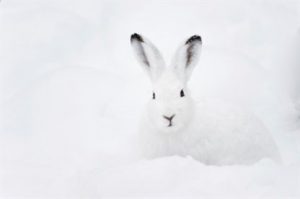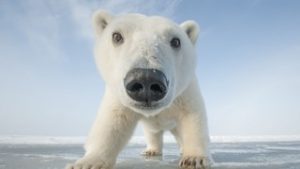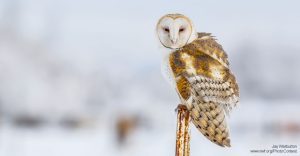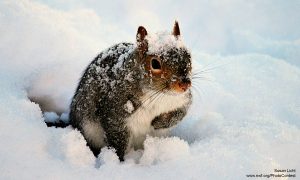Blog
Wildlife in Winter
Have you ever wondered what animals in the wild do to cope with the cold of winter? Some bears go into torpor to lower their temperature and heart rate, saving energy until food is more plentiful in spring. Some bird species migrate to find food. Many animals get warm winter coats and some even change the color of their fur to blend in with their wintry environment!
Animals of Antarctica and Arctic Circle
The animal residents of Antarctica and the Arctic Circle have evolved to survive their harsh, frozen environment where temperatures can reach -50 degrees. The clever tactics used by the wolf, Arctic fox, bison, reindeer, lynx, weasel, polar bear, penguin, Weddell seal and woolly bear caterpillar are explored in the PBS Nature video, Snowbound: Animals of Winter.
Wild Birds
What do our featured friends do to improve their chance of winter survival? Some birds migrate, but that can be dangerous and takes lots of energy. Many birds wear a down coat with oil glands to keep out the cold and wet. They tuck their feet under their bodies to stay warm, and even shiver like us to raise body temperature!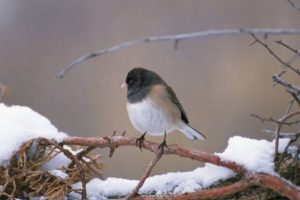
Owls
Winter dusk and dawn are great times to search for owls! Visit CuriOdyssey’s owls or go outside for an owl walk after listening to these owl calls, or you can even build an owl nesting box!
Squirrels
What do small animals eat in winter when food can be scarce? How do they find that food once they hide it? Squirrels might bury nuts under leaves and find them even under a foot of snow! Foxes can store eggs and bones in shallow holes, and mice may store seeds in underground nests.
If you’re passionate about wildlife, check out More Wildlife in Winter, Differences Between Similar Animals and Simple Ways You Can Help Wildlife.
Then come see CuriOdyssey’s rescued native wildlife up close!
Join the CuriOdyssey Community
LOCATION
1651 Coyote Point Drive
San Mateo, CA 94401
Ohlone Land Acknowledgement
650-342-7755
info@curiodyssey.org
CuriOdyssey is a 501(c)(3) non-profit, Tax ID 94-1262434


